
Lecture no.2-2 by Hussein J. AbdulHussein
Advanced Calculus I I Al Muthanna University, College of Science
1
BOUNDED AND MONTONIC SEQUENCES
There are certain kinds of sequences that have special properties worthy of mention.
Definition 1 BOUNDEDNESS
(i) The sequence {a
n
} is bounded above if there a number M
1
such that
a
n
≤ M
1
(1)
For every positive integer n
(ii) It is bounded below if there is number M
2
such that
M
2
≤ a
2
(2)
For every positive integer n.
(iii) It is bounded below if there is number M > 0 such that
|a
n
| ≤ M
For every positive integer n
The numbers
M
1
,
M
2
, and
M are called ,respectively , an upper bounded , a lower bounded ,
and abound for
{a
n
}
(iv) If the sequence is not bounded, it is called unbounded
REMARK. If
{a
n
} is bounded above and below, then it is bounded. Simply set M =
max{ | M
1
|. | M
2
}
EXAMPLE 1 The sequence
{sin n} has the upper bound of 1, the lower bound of -1 and the
bound of 1 since
−1 ≤ sin n ≤ 1 for every n Of course, any number greater than 1 is also a
bound
EXAMPLE 2 The sequence
{(−1)
n
} has the upper bound 1, the lower bound -1 , and
the bound 1.
EXAMPLE 3 The sequence
(2)
n
is bounded below by 2 but has no upper bound and so is
un bounded .
EXAMPLE 4 The sequence
{(−1)
n
2
n
} is bounded neither below nor above
It turns out that the following statement is true: Every convergent sequence is abounded.
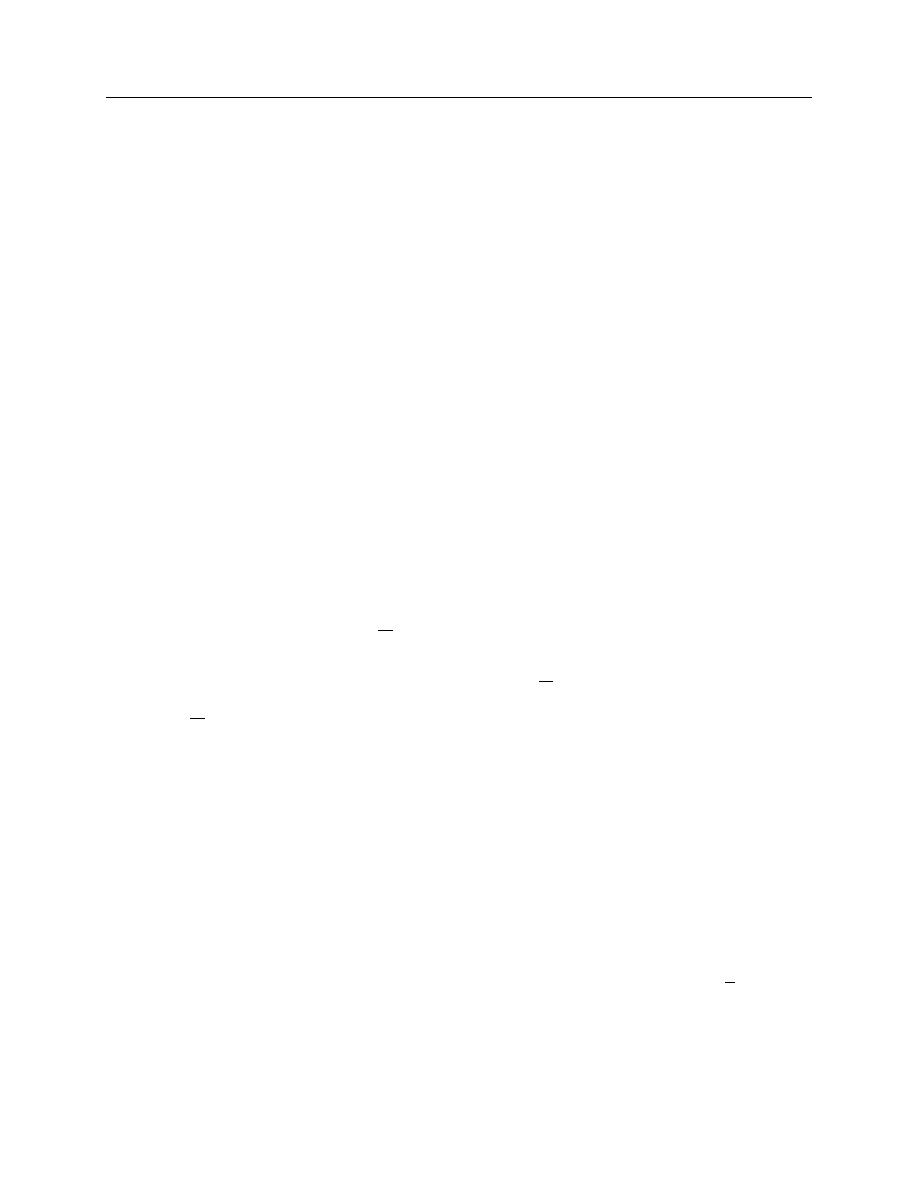
Lecture no.2-2 by Hussein J. AbdulHussein
Advanced Calculus I I Al Muthanna University, College of Science
2
Theorem 1. If the sequence
{a
n
} is convergent, then it is bounded
Proof. Before giving the technical details, we remark that the idea behind the proof is easy. For
if
lim
n→∞
a
n
= L . thena
n
is close to the finite number L if n is large Thus , for example |
a
n
| ≤
|L| + 1 if n is large enough . Since a
n
is a real number for every n, the first few terms of the
sequence are bounded , and these two facts give us abound for the entire sequence
Now to the details Let
∈= 1 Then there is an N > 0 such that
|a
n
− L| < 1 if n ≥ N (3)
Let
K = max{|a
1
|. |a
2
|. ⋯ . |a
N
|} (4)
Since each is finite, K, being the maximum of a finite number of terms, is also finite. Now let
M = max{ |L| + 1. K} (5)
It follows from (4) that if
n ≤ N . then|a
n
| ≤ K if n ≥ N then from(3) , |a
n
| < |L| + 1; so
in either case |
a
n
| ≤ M. and the theorem is proved
Sometimes it is difficult to find a bound for a convergent sequence.
EXAMPLE 5 Find an M such that
5
n
n!
≤ M
Solution. We know from Theorem 13.2.3 that
lim
n→∞
x
n
n!
= 0 for every real number x In
particular ,
5
n
n!
is convergent and therefore must be bounded Perhaps the easiest way to find
the bound is to tabulate a few values , an in Table 1. It is clear from the table that the
maximum value of
a
n
occurs at
n = 4 or n = 5 and is equal to 26.04. Of course, any number
larger than 26.04. is also abound for the sequence.
Since every convergence is bounded, it follows that:
(a) {In In n} (starting at n = 2) (b) {n sin n} (c) {(−√2)
n
}
The convergent. Of Theorem 1 is not true. That is, it is not true that every bounded sequence is
convergent. For example, the sequences
{(−1)
n
} and {sin n } are both bounded and divergent.
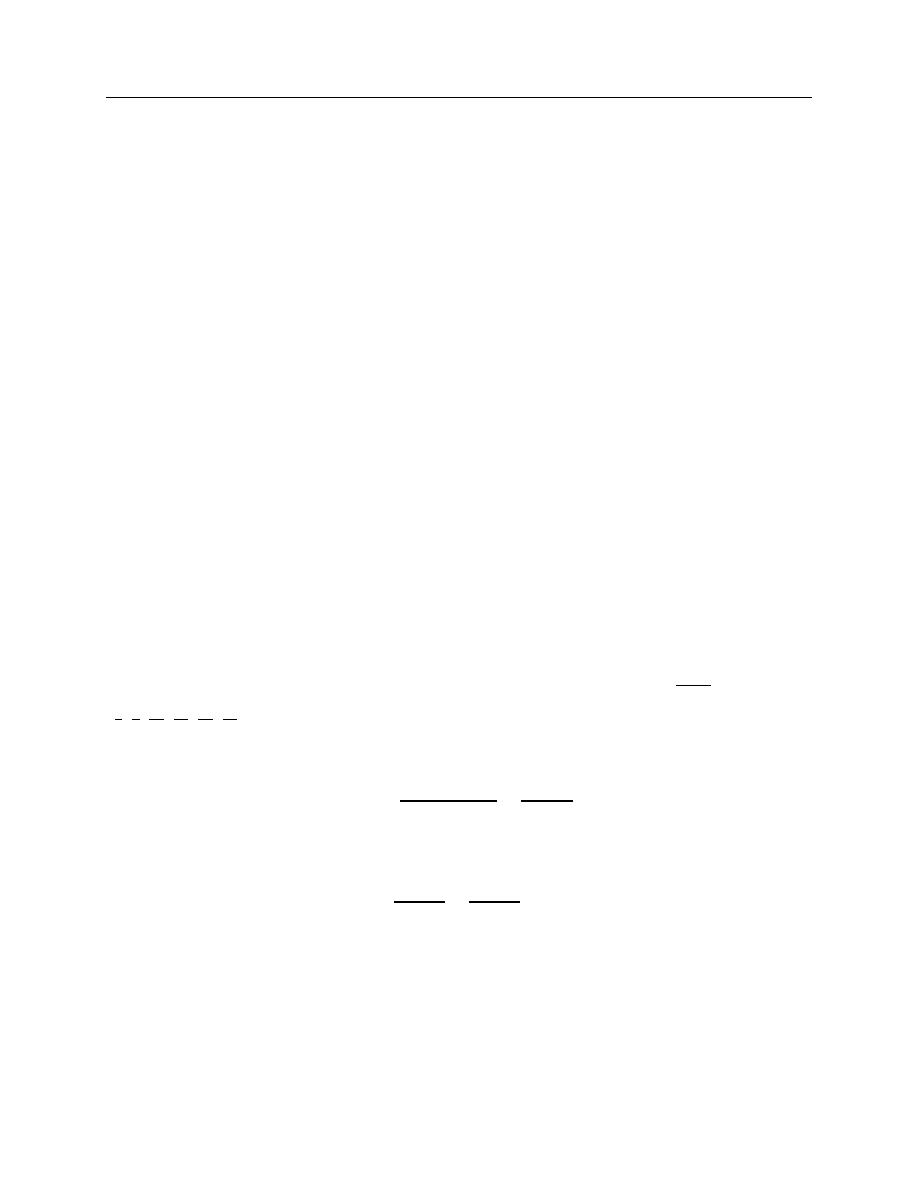
Lecture no.2-2 by Hussein J. AbdulHussein
Advanced Calculus I I Al Muthanna University, College of Science
3
Since boundedness alone does not ensure convergence, we need some other property. We
investigate this idea now
Definition 2 MONOTONICITY
(i) The sequence {a
n
} is monotone increasing if a
n
≤ a
n+1
for every
n ≥ 1
(ii) The sequence {a
n
} is monotone decreasing if a
n
≥ a
n+1
for every
n ≥ 1
(iii) The sequence {a
n
} is monotonic if it is either monotone increasing or monotone
decreasing
Definition 3 STRICT MONOTONCITY
(
i) The sequence {a
n
} is monotone increasing if a
n
< a
n+1
for every
n ≥ 1
(
ii) The sequence {a
n
} strictly decreasing if a
n
≥ a
n+1
for every
n ≥ 1
(
iii) The sequence {a
n
} strictly monotonic if it is either strictly increasing or strictly
decreasing
EXAMPLE 7 The sequence
{1/2
n
} is strictly decreasing since1/2
n
> 1/2
n+1
for every
n
EXAMPLE 8 Determine whether the sequence
{2n/(3n + 2 )} is increasing, decreasing, or not
monotonic
Solution If we write out the first few terms of the sequence, we find that
{
2n
3n+2
} =
{
2
5
.
4
8
.
6
11
.
8
14
.
10
17
.
12
20
. ⋯ } Since these terms are strictly increasing, we suspect that {2n/(3n + 2 )}
is an increasing sequence To check this, we try to verify that
a
n
< a
n+1
We have
a
n+1
=
2(n + 1)
3(n + 1) + 2
=
2n + 2
3n + 5
Ther a
n
< a
n+1
implies that
2n
3n + 2
<
2n + 2
3n + 5
Multiplying both sides of this inequality by
(3n + 2)(3n + 5). we obtain
(2n)(3n + 5) < (2n + 2)( 3n + 2). or 6n
2
+ 10n < 6n
2
+ 10n + 4
Since this last inequality is obviously true for all
n ≥ 1. we can reverse our steps to conclude that
a
n
< a
n+1
and the sequence is strictly increasing

Lecture no.2-2 by Hussein J. AbdulHussein
Advanced Calculus I I Al Muthanna University, College of Science
4
EXAMPLE 9 Determine whether the sequence
{(In n)/n} n > 1 is increasing, decreasing,
or not monotonic
Solution. Let
f (x) =
Inx
x
. Then f
′
(x) =
[x(
1
x
)−(In x)1]
x
2
=
1−In x
x
2
If x > e . then In x > 1
and
f
′
(x) < 0 Thus the sequence {
In n
n
} is decreasing for n ≥ 3However,
In 1
1
= 0 <
(In 2)
2
≈ 0 ∙
35 so initially , the sequence is increasing Thus the sequence is not monotone It is decreasing
if we star with
n = 3
EXAMPLE 10 The sequence is increasing but not strictly increasing. Here [x] is the ''greatest
integer'' function (see Example 2.2.11) The first twelve terms are 0,0,0,1,1,1,1,2,2,2,2,3 For
example ,
a
9
= [
9
4
] = 2
EXAMPLE 11 The sequence
{(−1)
n
} is not monotonic since successive terms oscillate
between
+1 and − 1
In all the examples we have given, a divergent sequence diverges for one of two reasons: It goes
to infinity (it is unbounded) or it oscillates
[ like (−1)
n
. which oscillates between−1 and 1 ]
But if a sequence, then it does not oscillate. Thus the following theorem should not be surprising
Theorem 2 :A bounded monotonic sequence is convergent
Proof. We will prove this theorem for the case in which the sequence
{a
n
} is increasing. The
proof of the other case is similar. Since {
a
n
} is bounded, there is a number M such thata
n
≤ M
for every n Let L be the smallest such upper bound Now let
∈> 0 be given . Then there is
a number
N > 0 such that a
n
> L−∈ If this were not true , then we would have a
n
≤ L−∈
for all
n ≥ 1 Then L−∈ would be an upper bound for{a
n
} and since L−∈ < L. This
would contradict the choice of L as the smallest such upper bound Since {
a
n
} is increasing
, we have for
n ≥ N .
L−∈ < a
N
≤ a
n
L < +∈ (6)
But the inequalities in (6) imply that |
a
n
− L| ≤∈ for n ≥ N . which proves , according to
the definition of convergence , that
lim
n→∞
a
n
= L
The number L is called the least upper bound for the sequence{
a
n
} It is an axiom of the
real number system that every set of real numbers that is bounded above has a least upper
bound and that every set of real numbers that is bounded below has a greatest lower
bound This axiom is called the completeness axiom and is of para mount importance in
theoretical mathematical analysis We discussed the completeness axiom earlier on page 6 .
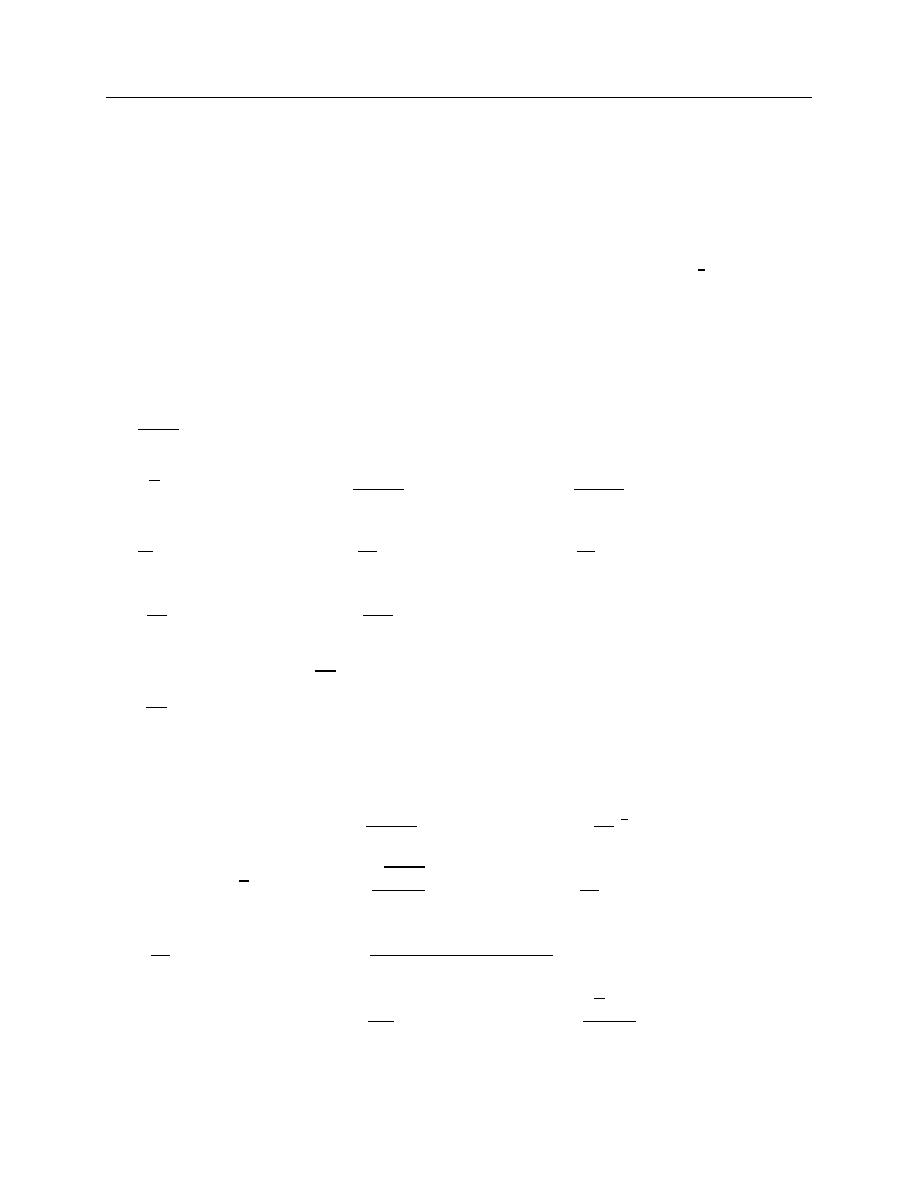
Lecture no.2-2 by Hussein J. AbdulHussein
Advanced Calculus I I Al Muthanna University, College of Science
5
We have actually proved a stronger result. Namely, that if the sequence{
a
n
} is bounded above
and increasing, then it converges to its least upper bound . Similarly, if {
a
n
}is bounded below
and decreasing, then it converges to its greatest lower bound.
EXAMPLE 12 In Example 8 we saw that the sequence{
2n/(3n + 2)} is strictly increasing
Also , since
2n/(3n + 2) < 3n /(3n + 2) < 3n /3n = 1 we see that{a
n
} is also bounded , so
that by Theorem 2 , {
a
n
} is convergent . We easily find that lim
n→∞
2n/(3n + 2) =
2
3
PROBLEMS
In problems 1- 12 , determine whether the given sequence is bounded or unbounded If it is
bounded , find the smallest bound for
|a
n
|
1 ∙ {
1
n + 1
} 2 ∙ {sin nπ} 3 ∙ {cos nπ}
4 ∙ {√n sin n} 5 ∙ {
2
n
1 + 2
n
} 6 ∙ {
2
n
+ 1
2
n
}
7 ∙ {
1
n!
} 8 ∙ {
3
n
n!
} 9 ∙ {
n
2
n!
}
10 ∙ {
2n
2
n
} 11 ∙ {
In n
n
} ∗ 12 ∙ {ne
−n
}
13. Show that for
n > 2
10
.
n
10
n!
> (n + 1)
10
/(n + 1)! and use this result to conclude
that
{
n
10
n!
} is bounded
In problems 14 -28, determine whether the given sequence is monotone increasing, strictly
increasing, monotone decreasing, or not monotonic.
14 ∙ {sin nπ} 15 ∙ {
3
n
2 + 3
n
} 16 ∙ {(
n
25
)
1
3
}
17 ∙ {n + (−1)
n
√n } 18 ∙ {
√n + 1
n
} 19 ∙ {
n!
n
n
}
20 ∙ {
n
n
n!
} 21 ∙ {
2n!
1 ∙ 3 ∙ 5 ∙ 7 ∙ ⋯ (2n − 1)
}
∗ 22 ∙ {n + cos n } 23 ∙ {
2
2n
n!
} 24 ∙ {
√n − 1
n
}
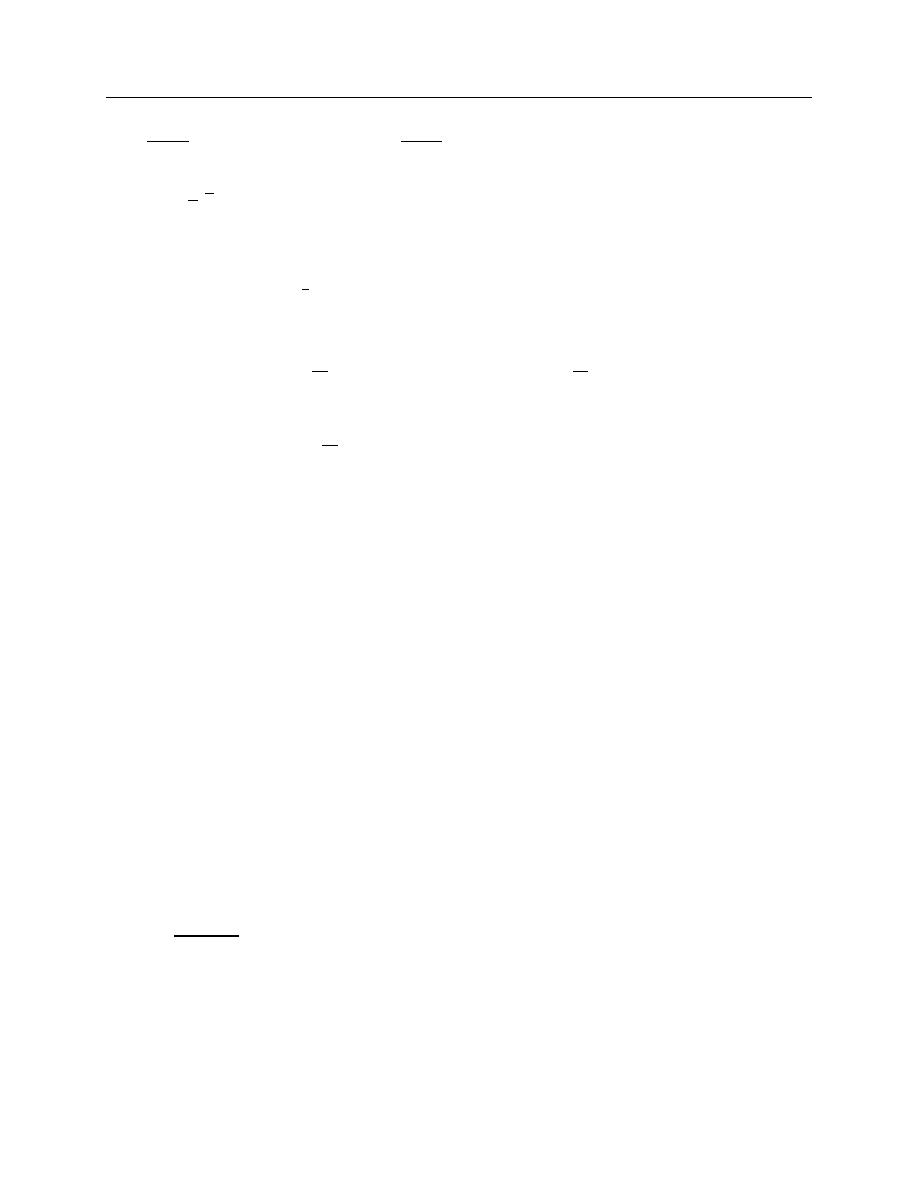
Lecture no.2-2 by Hussein J. AbdulHussein
Advanced Calculus I I Al Muthanna University, College of Science
6
25 ∙ {
n − 1
n + 1
} 26 ∙ { In (
3n
n + 1
)} 27 ∙ {In n − In (n + 2)}
28 ∙ {(1 +
3
n
)
1
n
}
*29. Show that the sequence
{(2
n
+ 3
n
)
1/n
} is convergent
*30. Show that
{(a
n
+ b
n
)
1
n
} is convergent for any positive real numbers a and b [ Hint :
First do Problem 29 Then treat the cases
a = b and a ≠ b separately ]
31. Show that the sequence
{
n!
n
n
} is bounded [ Hint : Show that{
n!
n
n
} > (n + 1)!/(n + 1)
n
sufficiently large n ]
32. Prove that the sequence
{
n!
n
n
} converges [ hint: Use the result of Problem 31.]
33. Use Theorem 2 to show that
{In n − In (n + 4)} converges.
GEOMETRIC SERIES
Consider the sum
S
7
= 1 + 2 + 4 + 8 + 16 + 32 + 64 + 128
This can be written as
S
7
= 1 + 2 + 2
2
+ 2
3
+ 2
4
+ 2
5
+ 2
6
+ 2
7
= ∑
2
k
7
k=0
GEOMETRIC PROGRESSION
In general, the sum of a geometric progression is a sum of the form
S
n
= 1 + r + r
2
+ r
3
+ ⋯ + r
n−1
+ r
n
= ∑ r
k
7
k=0
. (1)
Where r is a real number and n is affixed positive integer
We now obtain a formula for the sum in (1)
Theorem 1 If
r ≠ 1 . the sum of a geometric progression (1) is given by
S
n
=
1 − r
n+1
1 − r
(2)
Proof. We write
S
n
= 1 + r + r
2
+ r
3
+ ⋯ + r
n−1
+ r
n
(3)
And then multiply both sides of (3) by r:

Lecture no.2-2 by Hussein J. AbdulHussein
Advanced Calculus I I Al Muthanna University, College of Science
7
rS
n
= r + r
2
+ r
3
+ r
4
+ ⋯ + r
n
+ r
n+1
(4)
We now subtract (4) from (3) and note that all terms except the first and the last cancel:
S
n
− rS
n
= 1 − r
n+1
.
Or
(1 − r)S
n
= 1 − r
n+1
(5)
Finally, we divide both sides of (5) by
1 − r (which is nonzero) to obtain equation (2)
NOTE If
r = 1 . we obtain
S
n
= 1 + 1 + ⋯ + 1 = n + 1
⏞
n+1 terms
EXAMPLE 1 Calculate
S
7
= 1 + 2 + 4 + 8 + 16 + 32 + 128 . using formula (2)
Solution Here
r = 2 and n = 7 . so that
S
7
=
1 − 2
8
1 − 2
= 2
8
− 1 = 256 − 1 = 255
EXAMPLE 2 Calculate ∑
(
1
2
)
k
10
k=0
Solution Here
r =
1
2
and n = 10 . so that
S
10
=
1 − (
1
2)
11
1 −
1
2
=
1 −
1
2048
1
2
= 2 (
2047
2048
) =
2047
1048
EXAMPLE 3 Calculate
S
6
= 1 −
2
3
+ (
2
3
)
2
− (
2
3
)
3
+ (
2
3
)
4
− (
2
3
)
5
+ (
2
3
)
6
= ∑ (−
2
3
)
k
6
k=0
Solution Here
r = −
2
3
and n = 6 . so that

Lecture no.2-2 by Hussein J. AbdulHussein
Advanced Calculus I I Al Muthanna University, College of Science
8
S
6
=
1 − (−
2
3)
7
1 − (−
2
3)
=
1 +
128
2187
5
3
=
3
5
(
2315
2187
) =
463
729
EXAMPLE 4 Calculate the sum
1 + b
2
+ b
4
+ b
6
+ ⋯ + b
20
= ∑
b
2k
for b ≠ ±1
10
k=0
Solution Not that the sum can be written
1 + b
2
+ (b
2
)
2
+ (b
2
)
3
+ ⋯ +
(b
2
)
10
Here r = b
2
≠ 1 and n = 10 . so that
S
10
=
1 − (b
2
)
11
1 − b
2
=
b
22
− 1
b
2
− 1
The sum of a geometric progression is the sum of a finite number of terms We now see what
happens if the number of terms is infinite Consider the sum
S = 1 +
1
2
+
1
4
+
1
8
+
1
16
+ ⋯ = ∑
(
1
2
)
k
(6)
∞
k=0
What can such a sum mean? We will give a formal definition in a moment For now let us show
why it is reasonable to say that
S = 2 Let S
n
= ∑
(
1
2
)
k
n
k=0
= 1 +
1
2
+
1
4
+ ⋯ + (
1
2
)
n
Then
S
n
=
1 − (
1
2)
n+1
1 −
1
2
= 2 [1 − (
1
2
)
n+1
]
Thus for any n (no matter how large),
1 ≤ S
n
< 2 Hence the numbersS
n
are bounded Also, since
S
n+1
= S
n
+ (
1
2
)
n+1
> S
n
the numbersS
n
are monotone increasing. Thus the sequence
{S
n
}
converges But
S = lim
n→∞
S
n
Thus S has a finite sum To compute it, we note that
S = lim
n→∞
S
n
= lim
n→∞
2 [1 − (
1
2
)
n+1
] = 2lim [1 − (
1
2
)
n+1
] = 2
Since
lim
n→∞
(
1
2
)
n+1
= 0

Lecture no.2-2 by Hussein J. AbdulHussein
Advanced Calculus I I Al Muthanna University, College of Science
9
GEOMETRIC SERIES
The infinite sum is called a geometric series In general, a geometric series is an infinite sum of
the form
S = ∑ (r)
k
= 1 + r + r
2
+ r
3
+ ⋯ (7)
∞
k=0
CONVERGENCE AND DIVERGENCE OF A GEOMETRIC SERIES
Let
S
n
= ∑
r
k
n
k=0
Then we say that the geometric series converges exists and is finite O
otherwise, the series is said to diverge
EXAMPLE 5 Let
r = 1 Then
S
n
= ∑
1
k
= ∑
1 = 1 + 1 + ⋯ + 1 = n + 1
⏟
1+n
n
k=0
n
k=0
Since
lim
n→∞
(n + 1) = ∞. the series ∑
1
k
diverges
∞
k=0
EXAMPLE 6 Let
r = −2 Then
S
n
= ∑ r
k
n
k=0
=
1 − (−2)
n+1
1 − (−2)
=
1
3
[1 − (−2)
n+1
]
But (
−2)
n+1
= (−1)
n+1
(2
n+1
) = ±2
n+1
As n → ∞. 2
n+1
→ ∞ Thus the
series∑
(−2)
k+1
∞
k=0
diverges
Theorem
Let
S = ∑
r
k
∞
k=0
be a geometric series
(i) The series converges to
1
1−r
if |r| < 1
(
ii) The series diverges if |r| ≥ 1
Proof (
i)if |r| < 1. then lim
n→∞
r
n+1
= 0 Thus
S = lim S
n
n→∞
= lim
n→∞
1−r
n+1
1−r
=
1
1−r
lim
n→∞
(1 − r
n+1
)

Lecture no.2-2 by Hussein J. AbdulHussein
Advanced Calculus I I Al Muthanna University, College of Science
10
=
1
1 − r
(1 − 0) =
1
1 − r
(
ii) If |r| > 1 . then lim
n→∞
| r|
n+1
= ∞ Thus1 − r
n+1
does not have a finite limit and the
series diverges Finally , if
r = 1 . then series diverges , by Example 5, and if r = −1 then S
n
alternates between the numbers 0 and 1, so that the series diverges
EXAMPLE 7
1 −
2
3
+ (
2
3
)
2
− ⋯ = ∑
(−
2
3
)
k
= 1/[1 − (−
2
3
) = 1/(
5
3
) =
3
5
∞
k=0
EXAMPLE 8
1 +
π
4
+ (
π
4
)
2
+ (
π
4
)
3
+ ⋯ ∑
(
π
4
)
k
∞
k=0
=
1
1−(
π
4
)
=
4
4 − π
≈ 4 ∙ 66
PROBLEMS
In Problems 1-11, calculate the sum of the given geometric progression
1 ∙ 1 + 3 + 9 + 27 + 81 + 243
2 ∙ 1 +
1
4
+
1
16
+ ⋯ +
1
4
8
3 ∙ 1 − 5 + 25 − 125 + 625 − 3125
4 ∙ 0 ∙ 2 − 0 ∙ 2
2
+ 0 ∙ 2
3
+ ⋯ 0 ∙ 2
9
5 ∙ 0 ∙ 3
2
− 0 ∙ 3
3
+ 0 ∙ 3
4
− 0 ∙ 3
5
+ 0 ∙ 3
6
− 0 ∙ 3
7
+ 0 ∙ 3
8
6 ∙ 1 + b
3
+ b
6
+ b
9
+ b
12
+ b
15
+ b
18
+ b
21
7 ∙ 1 −
1
b
2
+
1
b
4
−
1
b
6
+
1
b
8
+
1
b
10
+
1
b
12
−
1
b
14
8 ∙ π − π
3
+ π
5
− π
7
+ π
9
− π
11
+ π
13
9 ∙ 1 + √2 + 2 + 2
3
2
+ 4 + 2
5
2
+ 8 + 2
7
2
+ 16
10 ∙ 1 −
1
√3
+
1
3
−
1
3√3
+
1
9
−
1
9√3
+
1
27
−
1
27√3
+
1
81
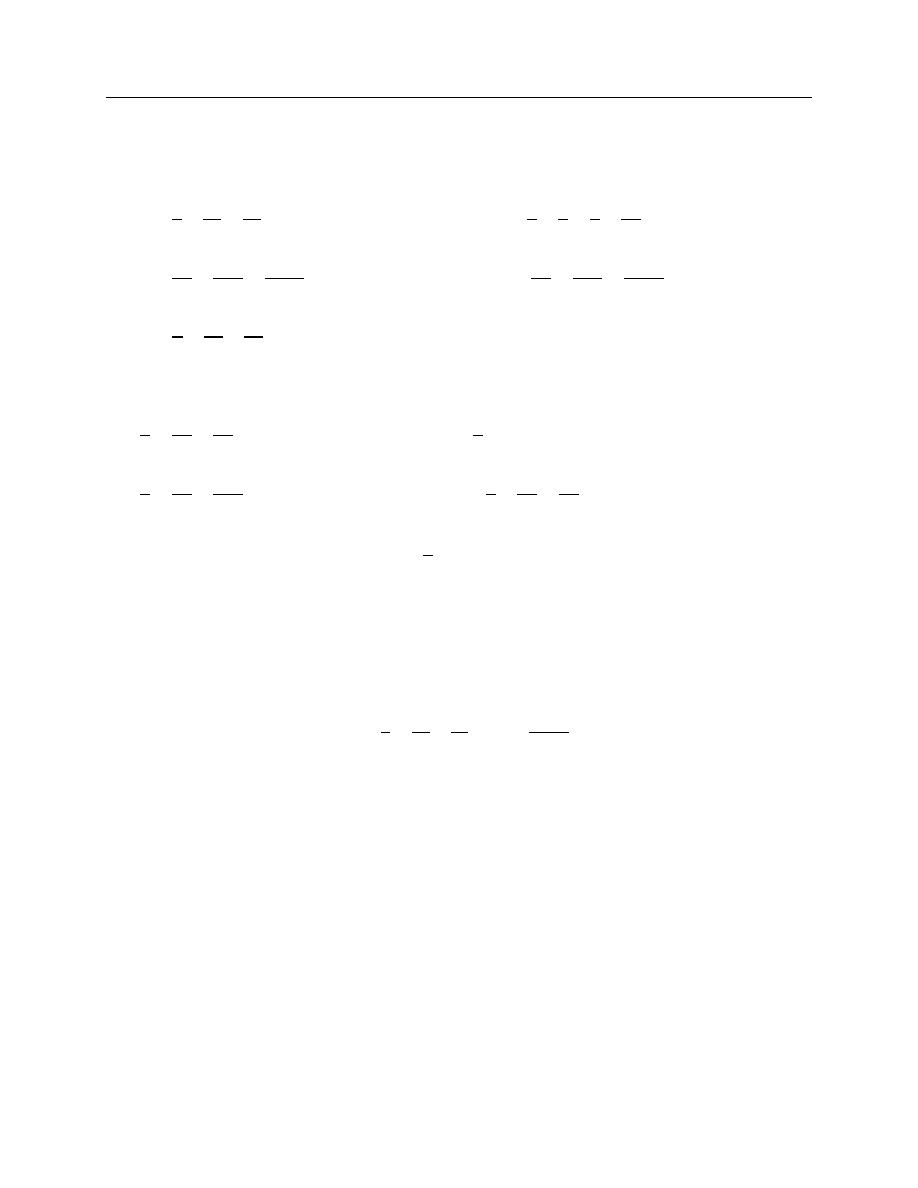
Lecture no.2-2 by Hussein J. AbdulHussein
Advanced Calculus I I Al Muthanna University, College of Science
11
11 ∙ 1 − 16 + 64 − 256 + 1024 − 4096
In Problems 13 – 22, calculate the sum of the given geometric series
13 ∙ 1 +
1
4
+
1
4
2
+
1
4
3
+ ⋯ 14 ∙ 1 −
1
2
+
1
4
−
1
8
+
1
16
− ⋯
15 ∙ 1 +
1
10
+
1
100
+
1
1000
+ ⋯ 16 ∙ 1 −
1
10
+
1
100
−
1
1000
+ ⋯
17 ∙ 1 +
1
π
+
1
π
2
+
1
π
3
+ ⋯ 18 ∙ 1 + 0 ∙ 7 + 0 ∙ 7
2
+ 0 ∙ 7
3
+ ⋯
19 ∙ 1 − 0 ∙ 62 + 0 ∙ 62
2
+ 0 ∙ 62
3
+ 0 ∙ 62
4
− ⋯
20 ∙
1
4
+
1
16
+
1
46
+ ⋯ [Hint Factor out the term
1
4
]
21 ∙
3
5
−
3
25
+
3
125
− ⋯ 22 ∙
1
9
+
1
27
+
1
81
+ ⋯
23 ∙ How large must n be in order that (
1
2
)
n
< 0 ∙ 01 ?
24 ∙ How large must n be in order that (0 ∙ 8)
n
< 0 ∙ 01 ?
25 ∙ How large must n be in order that (0 ∙ 99)
n
< 0 ∙ 01 ?
26 ∙ If x > 1 . show that
1 +
1
x
+
1
x
2
+
1
x
3
+ ⋯ =
x
x − 1
